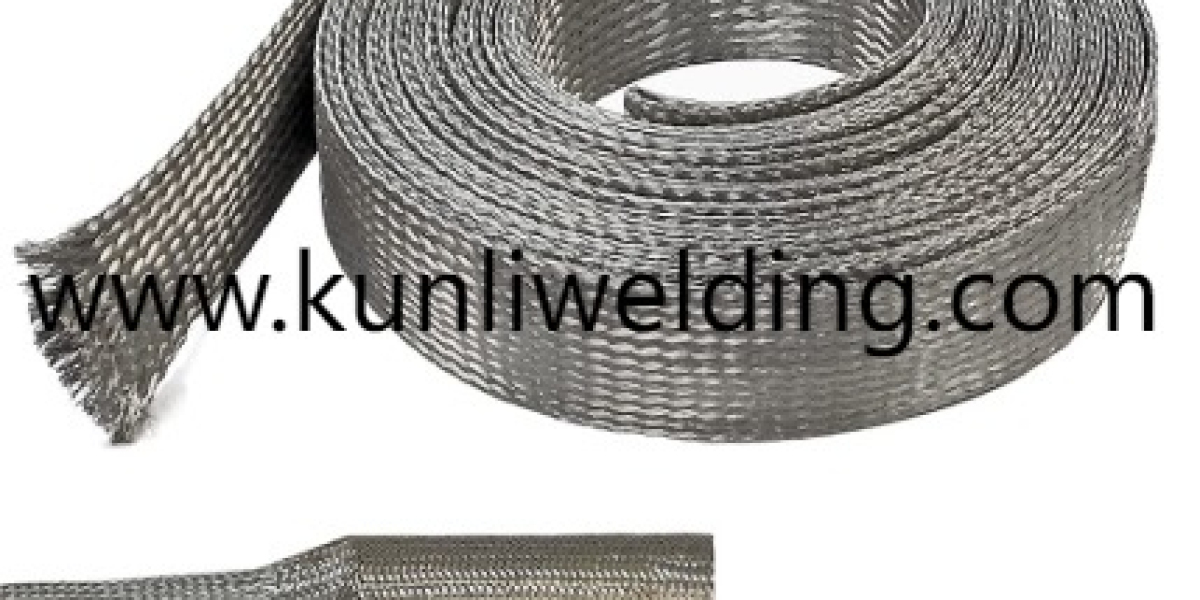Aluminum Tig Wire Suppliers set the first expectation for weld outcomes; a careful source decision reduces qualification cycles and limits production downtime. When teams know where to look and what to ask, they convert consumable sourcing from a reactive purchase into a controlled step of the fabrication workflow. The search for a consistent partner starts with three practical filters: documented material control, demonstrable feed behavior, and accessible trial support.
Begin with documentation. A trustworthy vendor supplies batch-identifiable certificates that list alloy range and lot numbers tied to production runs. Requesting those documents up front is not bureaucratic — it gives welding engineers a way to correlate any unexpected weld behavior back to a specific production lot for root cause analysis. Also require visible spool labeling that includes diameter tolerance and recommended drive roll types so feeder setup is repeatable from one operator to another.
Next, validate physical presentation and packaging. Packaging that maintains low humidity and prevents mechanical deformation matters because aluminum wire can pick up surface irregularities that affect arc stability. Inspect a sample spool on delivery: check for even winding, tension consistency, and hub fit. Do a short feed test at the expected travel speeds; erratic payout or birdnesting during that trial is a practical disqualifier. Those quick checks save hours that would otherwise be spent troubleshooting feed issues during production.
Sample kits and feed trials are essential. Ask suppliers to provide representative spools from the same lot you intend to buy so you can run the exact parameters used in final production. Where automated welding is involved, perform a feed validation under robot or station parameters to evaluate friction, roll pressure, and payout behavior. If a supplier supports this process and documents the results, qualification becomes an empirical exercise rather than a guessing game.
Evaluate supplier processes that affect consistency. Inquire about drawing, annealing, and surface-cleaning steps used before spooling; these upstream choices influence hydrogen pickup, oxide formation, and grain structure, which in turn affect weldability. Suppliers that perform routine sampling for composition and physical tolerances provide a measurable basis for acceptance and reduce the surprise factor during welding procedure development.
Check commercial and logistical practices too. Reliable lead times, small-lot sample availability, and clear return terms reduce procurement risk. Include incoming inspection criteria in purchase orders and define what constitutes a nonconforming shipment. When disputes arise, documented acceptance thresholds for spool appearance and packaging condition speed remediation and minimize production impact.
Technical support shortens learning curves. Seek suppliers that provide concise setup notes—drive roll recommendations, feed pressures, and shielding gas windows—that reflect validated trials. Short remote or onsite sessions where technicians demonstrate recommended settings and a feed setup often prevent repeated adjustments by welding staff and help standardize operator practice across shifts.
Use references and case examples to verify claims. Talk with peers in similar industries or request contactable references from suppliers who have delivered for comparable applications. These conversations reveal practical issues such as response time for replacement spools, how a supplier handles nonconformances, and whether short-notice sample deliveries are possible.
Finally, include sustainability and storage guidance in procurement language. Packaging that reduces waste while protecting wire aligns with shop procedures and lowers the risk of moisture-related defects. Stagger deliveries so initial spools can be qualified before full-lot acceptance, and insist on traceable batch numbers so any future audit or failure analysis can be completed without ambiguity.
For teams that want a predictable path to consumable qualification—sample spools, documented lot traceability, and practical feed recommendations—Kunliwelding provides representative kits and clear lot records designed to support on-site validation. Request trial spools and documented setup guidance at https://www.Kunliwelding.com/ .








